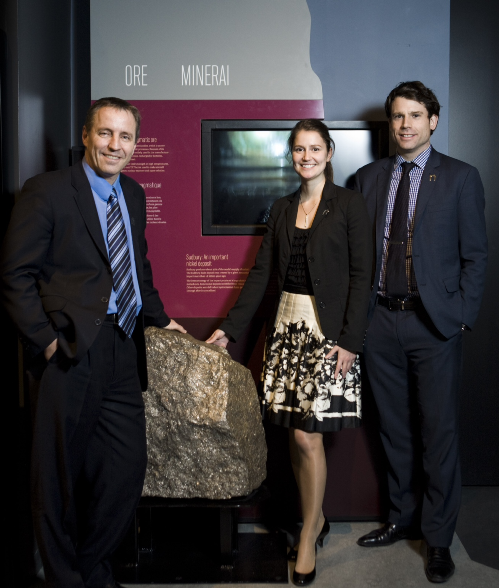Company commits $125,000 towards a Health and Safety Research Chair at Laurentian
SUDBURY, ON (DECEMBER 7th, 2012) – Vale representatives presented Dr. Tammy Eger, associate professor at the School of Human Kinetics and current CROSH director, with a cheque for $125,000 at the 3rd Annual Centre for Research in Occupational Safety and Health (CROSH) Community Symposium. The funds will be used to aid in the establishment of a permanent Research Chair in Occupational Health and Safety, a key priority in the Centre’s growth plan.
“This is a proud day for CROSH,” said Dr. Eger. “We’ve come a long way in the past four years, and this donation will bring us closer to achieving one of our most important objectives. The creation of a Research Chair in Occupational Health and Safety will provide the leadership needed to build upon CROSH’s successes and expand its vision and influence.”
Officially approved by Laurentian University’s Senate in 2008, CROSH is a multidisciplinary group of researchers, guided by an advisory board comprised of representatives from labour, industry and local health and safety organizations, who engage in innovative studies aimed at identifying health and safety concerns and eliminating hazards and occupational disease from workplaces around the North.
Once full-funding for the position has been secured, the Research Chair in Occupational Health and Safety will drive innovative research that will establish the Centre as a national and international trendsetter in occupational health and safety research, development, education, training, and global best practices.
























